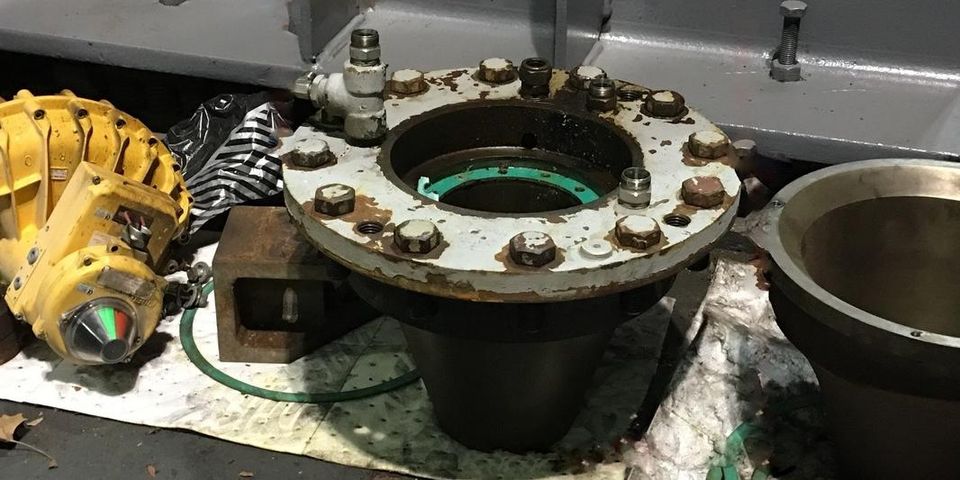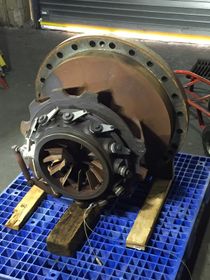Can I Trust Dry Ice Blasting With My Industrial Equipment?

What do engines, industrial equipment, and typewriters all have in common? They’re all marvels of machinery. Hundreds, if not thousands, of tiny moving parts in a system — the malfunction of even one of which would bring down the whole lot. Dry Ice Blasting of Westchester wants to show you a way to clean your equipment’s every angle, cable, and surface, no matter its function. The method is called dry ice blasting, and its safety is unparalleled.
How It’s Been Tested
Don’t take it from some random article on the internet: its gentleness is corroborated by science.
take it from some random article on the internet: its gentleness is corroborated by science.
The Berlin-based Institute for Machine Tools and Factor management compared the gentleness of various cleaning methods. It found that water jetting isn’t suitable for many jobs, that chemicals and solvents involve high reconditioning and disposal costs, and that jetting sand, glass, or metal usually damaged the machinery.
When they applied dry ice blasting? “Damage to the workpiece with a resultant effect on the function was not detected.”
Why It’s So Safe
Take sand and metal jetting for comparison. These processes involve the high-velocity firing of abrasive material at a sensitive surface. Abrasion scrapes the surface in question, removing its contaminants. Therein lies the difference. Dry ice blasting fires a high volume of pellets of frozen carbon dioxide at a velocity high enough to generate heat upon impact with a surface. This surgical-scale heat is cooled almost instantly by the frozen pellets. Creating a high temperature differential so quickly causes shattering, just like if you stuck a hot glass in cold water.
The temperature differential can only penetrate the outermost layer, however. That layer is the contaminant: the grime, chemical residue, or waste left behind from your industrial process.
What Makes It So Simple
Dry ice blasting is safe and requires minimal cleanup — but the mechanics of the jetting process also make cleaning easy. Due to the high volume of pellets expelled, one blast covers an impressive surface area, filling all cracks, pockets, and tiny angles in the process. An abrasive or chemical cleaning method might require safety jackets, gloves, and hands-and-knees precision. Dry ice blasting is a matter of point and fire.
Update your cleaning method today. Dry ice blasting is rapidly growing in popularity among factories, transportation providers, food equipment manufacturers, and others. Join them by calling Dry Ice Blasting of Westchester at (914) 723-5727 or visiting their website for your next cleanup.
About the Business
Have a question? Ask the experts!
Send your question

